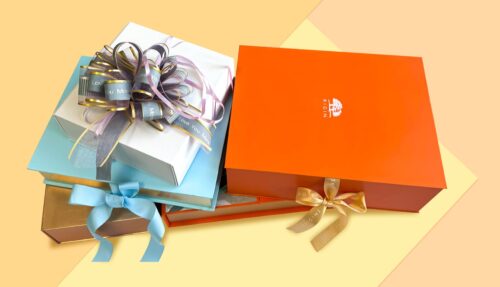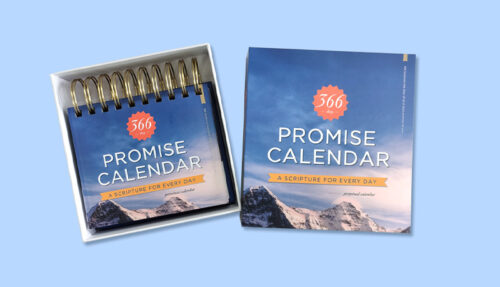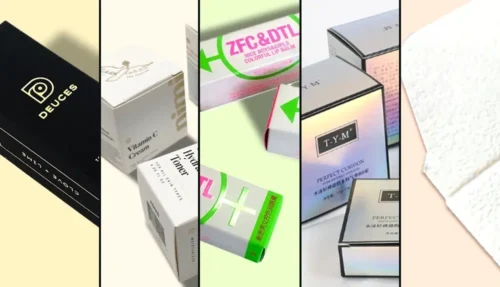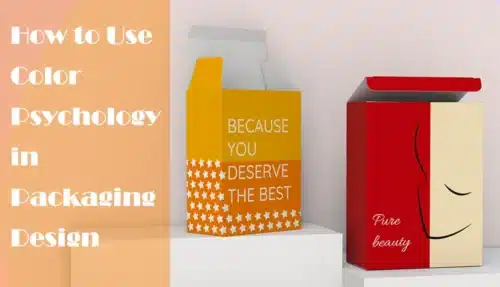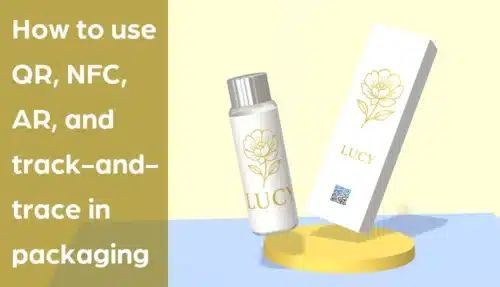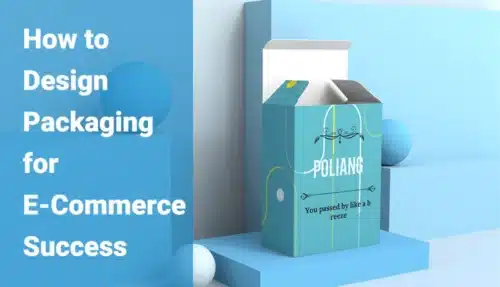How to use custom packaging to break into new markets
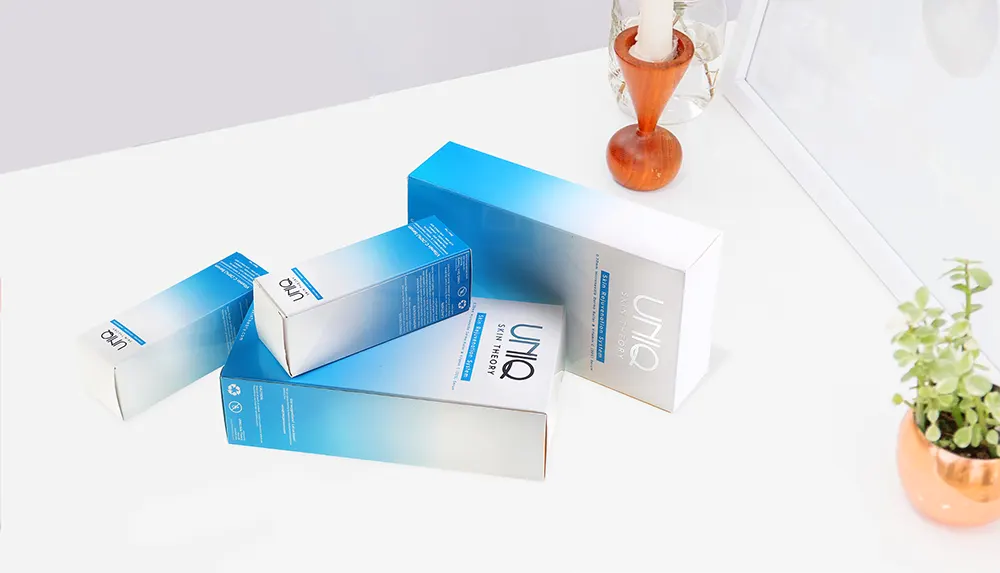
Most entrepreneurs aren’t driven solely by the lure of profit—they’re fueled by a passion to share their beautifully crafted, innovative products with consumers who appreciate more than just functionality. Like us, you’re probably passionate about what you do. You want to get your products into the hands of more consumers because you’ve created something beautiful, or interesting, or useful, or all three. You want to change people’s lives; you want to make your mark on the world.
When the moment arrives to break into a new market or connect with a fresh demographic, that passion transforms into a strategic force, calling on the collective enthusiasm, ingenuity, and commitment of your entire team. At QinPrinting, we see every custom printed box as far more than just packaging—it’s a powerful extension of your brand, a tangible invitation for customers to experience your vision, and a game-changing tool to help you make your mark on the world.
But right now, we’re going to focus on one of the most cost-effective ways to leverage something that you already do to help you with your market expansion: upgrade your packaging; make your boxes better. Seriously, this is such a powerful solution that’s so often overlooked. Let’s dig in a little deeper to see what treasure may be hidden under all that cardboard!
Relationship marketing vs reaching new markets
Relationship marketing is a core principle of contemporary customer management, often thought exclusive to your established customer base focused on retention, brand advocacy, and loyalty. But in today’s consumer culture, people want more than a product—they crave an experience. This reality makes every marketing interaction, even the first contact, relationship-based.
In everything that follows, we’ll look at how custom printed boxes and packaging inserts — tools which you may already use — can be ‘tweaked’ at very little capital outlay, to build new relationships with new customer demographics. You’re probably already familiar with the statistics relating to the power of custom packaging, the unboxing experience, and returns on investment. But if not, here’s a quick summary of a few of the more salient points:
- According to IPSOSresearch, 72% of all North American consumers say that their buying decisions are influenced by the box or packaging
- 33% of business who improve their product packaging — namely, make their boxes better! — see significant financial returns on their investment
- IPSOSalso found that 67% of US consumers prefer cardboard box packaging to any other kind
- A Dotcom Distributionstudy revealed that no less than 40% of consumers share distinctive, custom-boxed products on their social media channels
So, you can see that something you’re already doing — shipping stuff in boxes — has massive marketing potential. But there’s more to it than even those impressive statistics show. With the right design, and smart custom cardboard box inserts, you can save on transit losses through improved product protection while simultaneously reinforcing your brand and offering a ‘wow factor’ unboxing experience to a laser-targeted market segment. It’s pretty clear how simply printing your boxes and adding inserts could help you reach out and break into a whole new market. Let’s take a closer look at exactly how you do it.
ORDA: 4 steps to better product packaging
1. Opportunity
When you want to break into new markets you must first work out what the opportunities are within that sector. And to do that, you’ll need to think in terms of various possible parameters. For example, do you want to break into:
- a new geographical region? For example, another part of town, another state, another country, another continent.
- a new age-group? For example, teens, millennials, generation X, boomers.
- a new social-economic group? For example, young entrepreneurs, new families, affluents, people on a budget looking for a bargain, independently wealthy, retired couples, singles.
- a new interest-group? For example, sportspeople, gamers, independent travelers, music lovers, movie goers, ladies who lunch, people of a certain political persuasion, dedicated followers of fashion, religious, hobbyists.
Make a list of as many defining factors you can and dig as deep as you can go to define the market you hope to reach. The more precise and granular your understanding of the new market, the more targeted and effective your marketing efforts will be. As you go through this process, think about the opportunities this market offers you.
- What products do you already have on line that could be redirected to them?
- What aspirations do they have and what problems do they need to solve?
- Could you create new products tailored to this market using your current technologies and infrastructure?
Once you know who you’re targeting and what opportunities this sector might open up for you, it’s time to move on to the next step which will help you clarify the opportunities this market sector offers for you and how you can best appeal to them with your renovated custom box designs: research.
2. Research
Now that you’ve identified your ideal target demographic, it’s time to find out what they have to say; which is the fundamental focus of all effective market research. All well and good. But how?
A research program can take many forms, but in our case — let’s not forget that we’re looking for information that will help us to create custom printed boxes which communicate meaningfully and persuasively with this new market segment — consultation and testing are the best approaches.
- Direct interview — depending on how you have defined your demographic, this is an excellent method to find out what people think: ask them! If your selection is geographical, having a research team go door-to-door in that area, or stopping potential customers in the street, are proven methods for collecting market data. If it’s an interest group, then advertising opportunities for participation in a focus group in magazines, on websites, or through a mailed-out flyer campaign, while offering either cash, a discount, or a gift card as an incentive, is another option.
- Online surveys — another proven method for gathering market data is to conduct surveys; and the Internet provides fantastic opportunities to target exactly the right group. Advertising survey opportunities through social media or using a third-party market research service are popular and effective ways of managing a survey.
- Market testing — a ‘second-stage’ level of research once you’ve conducted interviews and surveys is to do a market test. Typically, this will be what is known as A/B testing. You can set it up online and invite past participants from surveys and interviews to take part, for example. In our case, as we’re looking at the impact of upgraded boxes and packaging, you’d show participants a range of designs and ask them to score their preferences or give feedback on their responses.
At this stage, you’ve created a very clear definition of the market that you want to break into. You’ve then gathered a lot of useful data about what appeals and doesn’t appeal to your chosen demographic. The next step is to figure out what it all means: data analysis.
3. Data analysis
Data analysis is vital to making sense of the information you’ve gathered and then interpreting that analysis to inform action — in our case, the design, style, and messaging of our custom printed boxes. Data analysis is a specialized process and should be done by an expert in the field. If you don’t have the skills in-house, then it’s a worthwhile investment to outsource this to a reputable agency or analyst. But in any case, a good analysis involves three core stages:
- cleaning, organizing, and formatting the data
- exploring the data, applying models, creating visualizations
- interpreting the results
Once this process is complete, you’ll need to write up — or your third-party analyst should provide — a report showing the salient findings and explaining them in a succinct and clear way. Once you’ve got this report in hand, you can read and discuss it with management and the marketing department. The information it offers will inform the design and implementation of your custom printed box marketing campaign. Now — at last! — it’s time to take action.
4. Action
It’s time to transform your research findings — which at this stage in the process should be clear, specific, and tested — into real world packaging and inserts which will promote your brand and establish recognition and loyalty among a new market segment. This is the stage at which you should get your printer involved. A good printer can provide you and your designer with lots of helpful information about materials, processes, and template requirements to speed up and smooth the design-to-product process. Here are three important steps to bear in mind:
3 steps to a better custom printed box
These three steps should help to make sure that your custom printed box design and choice of inserts are on-message, effective, and powerful enough to establish your brand’s presence in a new market sector.
1. Compare and compete
Take a long hard look at what your key competitors are up to with their boxes. What are they doing well? What could they do better? Look at ways in which your boxes could improve on those of the competition: better materials, design, image, or enhancements and flourishes. Go the extra mile with your boxes and make them stand out from the rest.
2. Branding all the way to the bottom of the box
Don’t forget that the remit here isn’t just to make a pretty custom printed box, but a branded one. A distinctive, unique box that makes your brand and your message unequivocal and unmistakable. So, think about branding not just in terms of slapping your logo on the outside, but in every aspect of your box’s design. And that includes what the customer finds — other than the product itself — when they open the box. Which brings us to the important question of custom cardboard box inserts.
3. Thinking inside the box
Just think back a moment to the statistics we referred to right at the beginning of this article. Remember that your customers don’t just want a product, but an experience. Receiving your box mustn’t be a ‘throwaway’ moment. Unboxing your products must delight, surprise, and encourage further engagement with your brand. So, don’t only think outside the box — colors, logo, slogan, design — but think about what happens inside the box, too.
Sure, there’s your product, maybe in a plastic wrap surrounded by filler. Not much is it? So, here’s an alternative.
How about, on opening the box, the customer finds a first layer? Let’s say a beautiful, branded, cardboard tray with a thank you message and a gift card (say, 10% of their next purchase) in it. Then, lifting that first layer, there’s your product, snugly fitted into a custom-made printed insert. And when they lift the product out, they find a free copy of your promotional product catalog underneath.
Which is more likely to impress? Which is more memorable? Which is more likely to find its way onto their social media and be talked about with their friends? Which is more likely to lead to further sales?
We think the answer is obvious — and the statistics prove it. And the overheads in recreating your product packaging to break into a new market and appeal to a specific demographic are low compared to the return on investment. In a sense, it’s just a bit more cardboard and ink. But done well, that little bit more cardboard and ink transforms a box from a negligible necessity into one of the most powerful marketing tools imaginable.
Talk to us. We're here to help!
We love the marketing magic custom printed boxes can create. And with decades of experience in design and printing, we’re sure we can help you up your game and break into a new market with a beautiful and effective customized packaging solution. Get in touch today for a quote or a no-obligation chat about your needs. Just shoot us an email to [email protected] or call us on +1 530 238 5010 and we’ll be delighted to do all we can to help you.





